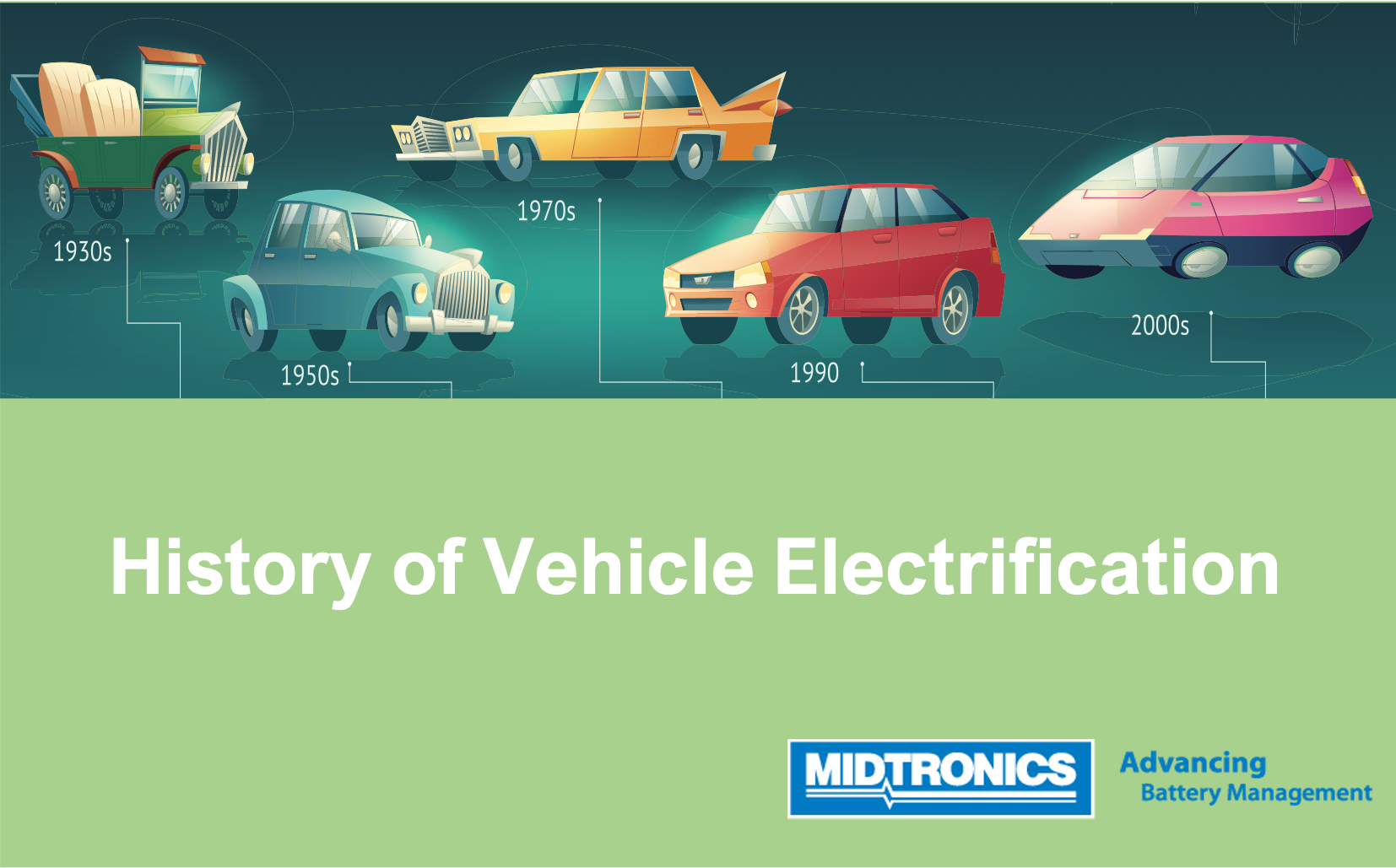The development of electric vehicles started in 1832 when an English engineer, Robert Anderson, made the first drawing of a design for an “electric carriage”. For some time, people didn’t think that electricity could be practical for powering vehicles.
The struggles and success
The following three decades had unsuccessful attempts to market cars powered by electricity. However, they eventually achieved success with the invention of the electric starter in 1912. Charles Kettering and Henry M. Leland were the inventors of that starter.
In the years that followed, the vehicles enjoyed popularity in the US and Europe, particularly neighborhood EVs (NEVs). In the mid-1990s, the cars started to achieve higher popularity levels again.
This is mainly due to concerns over diminishing fossil fuel resources and global warming. It led to a renewed interest in sustainable transportation options such as Electrical-powered Vehicles. Although not all regions are free from fossil fuels, electric vehicles play a more prominent role in the automotive world.
EV development by General Motors
In 1939, Lyle B. Copp and Ray W. Herrick developed General Motors Electrovette. It was one of the first mass-produced electric-powered cars in America. It used lead-acid battery packs similar to those found in modern hybrids such as the Toyota Prius.
The car was constructed with an electric motor and an internal combustion engine. They worked as a generator for charging the batteries. However, the company did not develop the vehicles after the New York World’s Fair exhibition in 1940. It was because of the low demand for alternative fuel vehicles during World War II.
In 1960, General Motors introduced a fleet of experimental vehicles. They called them the “Electric Carriage and Wagon Company”. They used them in Edison, New Jersey, to promote electricity as an alternate fuel source.
The following year, General Motors introduced the Electrovair system. It consisted of a 1959 Pontiac sedan that used lead-acid batteries placed under its front seat. The company produced the cars up to 1964, and they set numerous speed records for vehicles with no internal combustion engine.
The joining of the Ford Motor Company
In 1966, Ford Motor Company introduced the Ford Electron, its first electric vehicle. Harold Chassin created the design, which is powered by 1,000-volt nickel-cadmium battery packs. It had a 50-mile range and a top speed of 45 mph.
The company introduced another vehicle called the Mercury Comet Cyclone. It used stainless steel lead-acid batteries at 400 volts.
Ford produced its last electric-powered car in 1976 after it was unable to compete with General Motors and Chrysler’s vehicles. It was due to the limited power and range of the cars.
However, General Motors retained lead-acid batteries. It is until it introduced its electric-powered V1 vehicle in 1996 due to the overwhelming success of Nissan’s Leaf and Tesla Model S.
Government’s take on EV
Several countries in Europe have set mandatory greenhouse gas emissions limits and fuel economy standards for electric-powered vehicles in the years following. Countries such as Norway, France, and Germany are the leaders in EVs due to their low cost of operation and purchase price.
The advantages and roles of batteries in EV development
In 2015, EV drove 654 billion miles using the battery. This accounted for less than 1% of the total miles (6 trillion) travelled using vehicles in that year.
The following year, China surpassed America as the largest market for electric-powered cars. Due to its incentives, such as subsidies for purchasing EVs and free parking spaces in many cities.
According to IEA, they expect electric passenger cars to reach 1.8 million in 2020 and 4.4 million in 2025. The agency also estimates there were about 16 million electric two-wheelers globally in 2017. The growth was more than 50% annually over 2018-2025.
Electric-powered cars have several advantages compared to conventional vehicles powered by an internal combustion engine (ICE). An electric-powered vehicle’s amount of carbon dioxide depends on the energy mix used to recharge its batteries.
The US Energy Information Administration reported that gasoline has an average of about 35% efficiency. This was regarding the amount of input energy required to produce sound output (electricity).
Electric-powered cars can be cheaper to maintain than conventional vehicles since they have fewer moving parts and less maintenance. The motor in an EV is also often more straightforward and more reliable than a combustion engine. However, the batteries of an all-electric-powered car need maintenance. Although, this should take place at intervals similar or better than that of a conventional vehicle.
The cost of electric-powered vehicle is often comparable to conventional cars. Due to the high cost of batteries, which account for up to 35% of the total car price. Several ongoing efforts like the EV30@30 project, which plans to decrease the cost of battery packs by 30% to make electric-powered vehicles more price competitive.
The source and quality of battery materials
The cost of electric-powered vehicle batteries is very dependent on the source and quality of the materials used. This creates a challenge for battery manufacturers since sources of lithium are scarce and of varying quality.
Large lithium reserves are found in Australia, Bolivia, Chile, China, Congo (DRC), and Argentina. However, deposits in some of these countries are not considered economical to mine at current lithium prices.
As electric-powered vehicle technology advances, the batteries typically deliver more power and energy than their predecessors. Electric-powered car prototypes such as the Venturi Fetish in 2009 took 6 hours to charge fully.
However, electric-powered cars have significantly improved since then. Modern EV can have the same range as many conventional cars on a single charge. It often exceeds its counterparts in terms of performance and can be fully charged before the end of a typical workday.
In 2015, a Tesla Model S P85D had a combined cycle fuel economy rating better than that reported for the Audi A8 gasoline-powered sedan. You can charge Some cars with energy from a standard outlet, the same way as mobile phones and laptop computers. Others require special equipment installed in the home or at the workplace.




